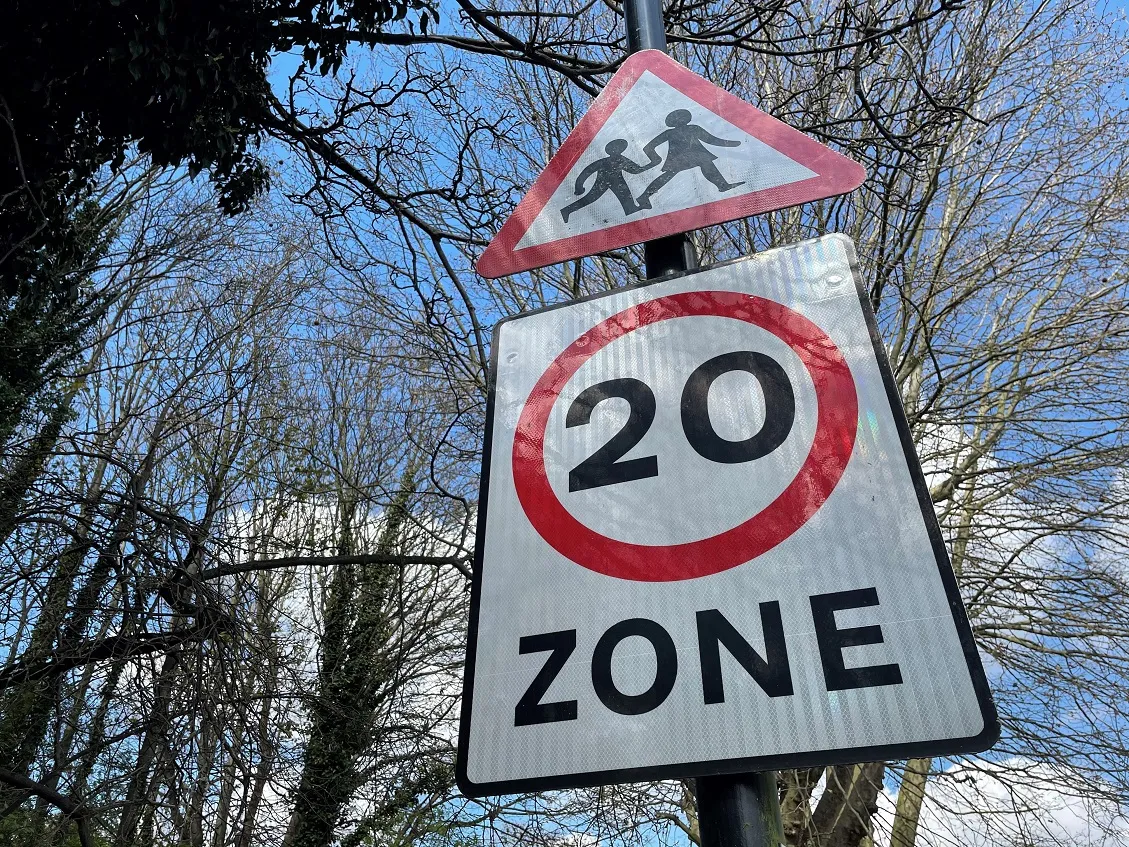Drivers on the M1 near Wakefield will benefit from reduced congestion and improved journey times after the final phase of a new US$172 million smart motorway went live.
The Highways England scheme along a seven-mile stretch of motorway between junction 39 and junction 42 is the first all lane running motorway in the north, where the hard shoulder has been permanently converted to an extra lane.
The smart motorway uses the latest technology to monitor traffic levels and variable speed limits on overhea
February 2, 2016
Read time: 2 mins
Drivers on the M1 near Wakefield will benefit from reduced congestion and improved journey times after the final phase of a new US$172 million smart motorway went live.
The8101 Highways England scheme along a seven-mile stretch of motorway between junction 39 and junction 42 is the first all lane running motorway in the north, where the hard shoulder has been permanently converted to an extra lane.
The smart motorway uses the latest technology to monitor traffic levels and variable speed limits on overhead electronic signs keep vehicles moving, improving the reliability of journeys. The first phase of the scheme was opened in December between junctions 39 and 4.
Infrared CCTV will also be used 24 hours a day to enable staff in the regional control centre near Wakefield to respond quickly to incidents, closing lanes using red Xs on overhead signs if necessary. Drivers will also be able to use emergency refuge areas if they break down.
The smart motorway between junctions 39 and 42 includes: Seven miles of reinforced concrete barriers in the central reservation; Seven miles of resurfacing the equivalent to 46 football pitches; Ten overhead gantries; 38 electronic signs; 6,172 reflective road studs
Work to convert the M1 to a smart motorway between junctions 39 and 42 began in November 2013. Temporary narrow lanes and a 50mph speed limit have been in place to keep three lanes open to traffic in each direction and to create a safe working environment.
The M62 between junction 25 and junction 30 was the first smart motorway in Yorkshire to go live back in 2013. The hard shoulder is used as an extra lane during peak times whereas it has been permanently converted to an extra lane on the new M1 scheme.
The
The smart motorway uses the latest technology to monitor traffic levels and variable speed limits on overhead electronic signs keep vehicles moving, improving the reliability of journeys. The first phase of the scheme was opened in December between junctions 39 and 4.
Infrared CCTV will also be used 24 hours a day to enable staff in the regional control centre near Wakefield to respond quickly to incidents, closing lanes using red Xs on overhead signs if necessary. Drivers will also be able to use emergency refuge areas if they break down.
The smart motorway between junctions 39 and 42 includes: Seven miles of reinforced concrete barriers in the central reservation; Seven miles of resurfacing the equivalent to 46 football pitches; Ten overhead gantries; 38 electronic signs; 6,172 reflective road studs
Work to convert the M1 to a smart motorway between junctions 39 and 42 began in November 2013. Temporary narrow lanes and a 50mph speed limit have been in place to keep three lanes open to traffic in each direction and to create a safe working environment.
The M62 between junction 25 and junction 30 was the first smart motorway in Yorkshire to go live back in 2013. The hard shoulder is used as an extra lane during peak times whereas it has been permanently converted to an extra lane on the new M1 scheme.










